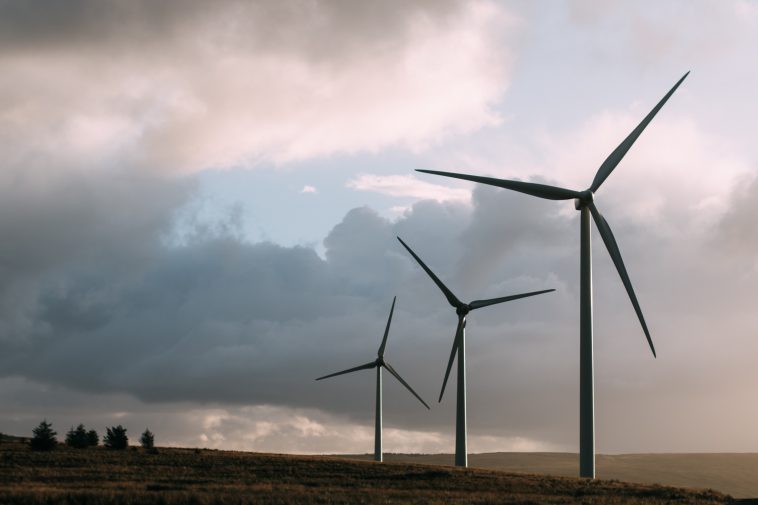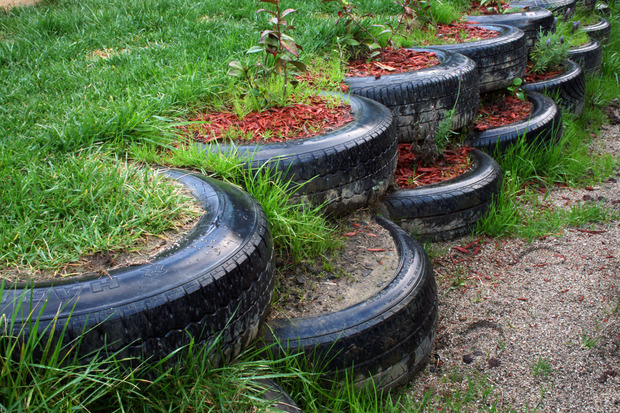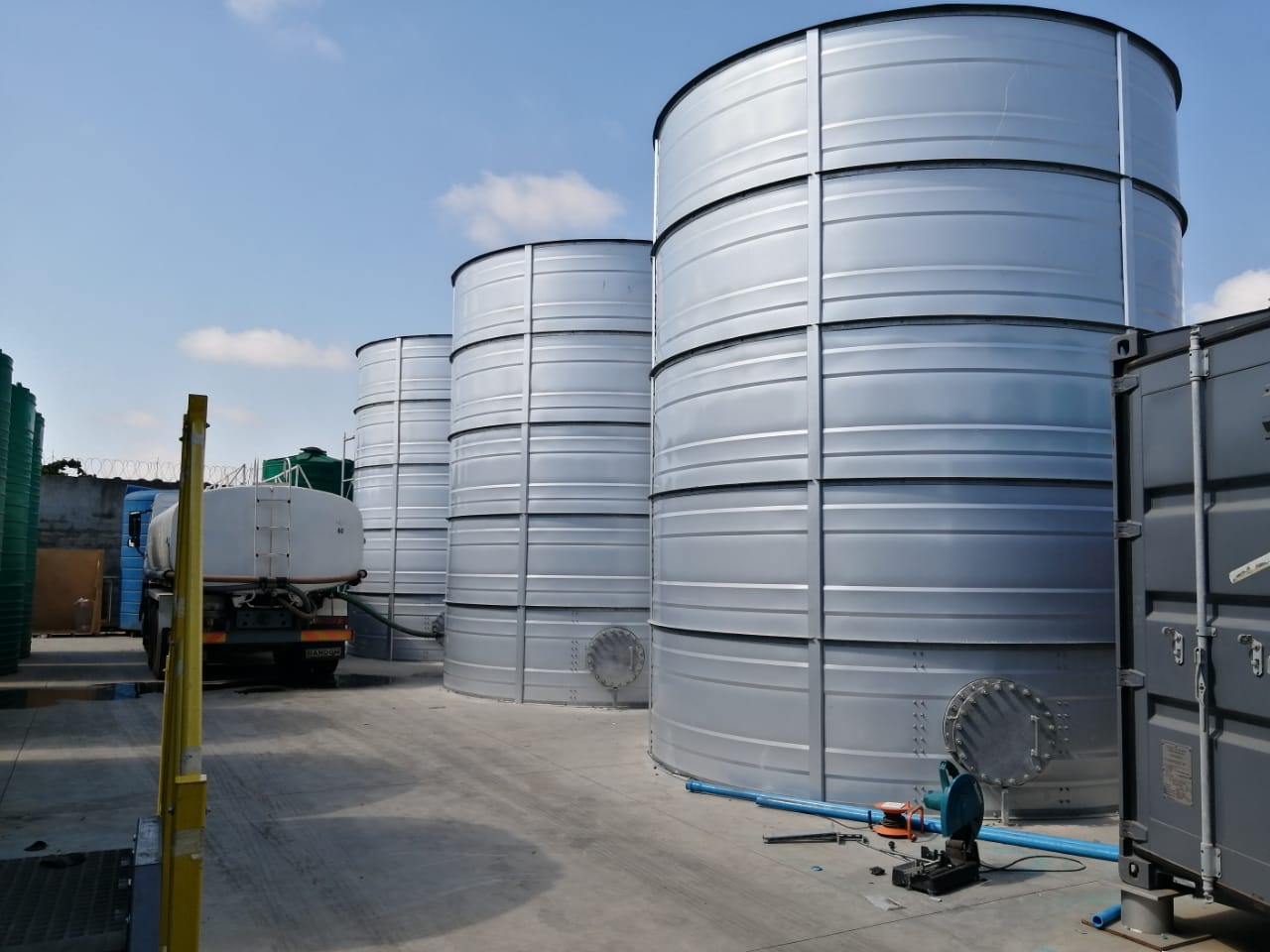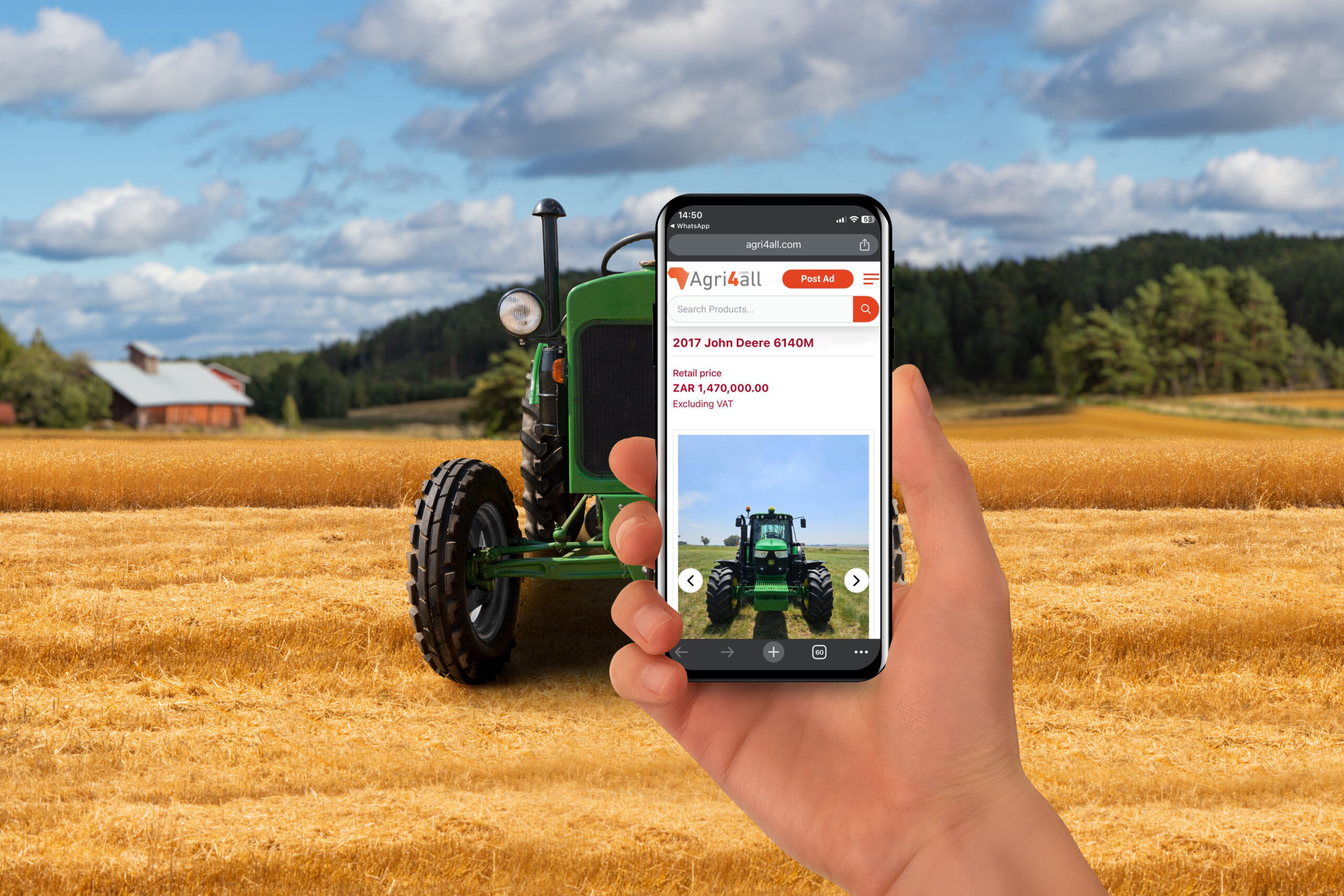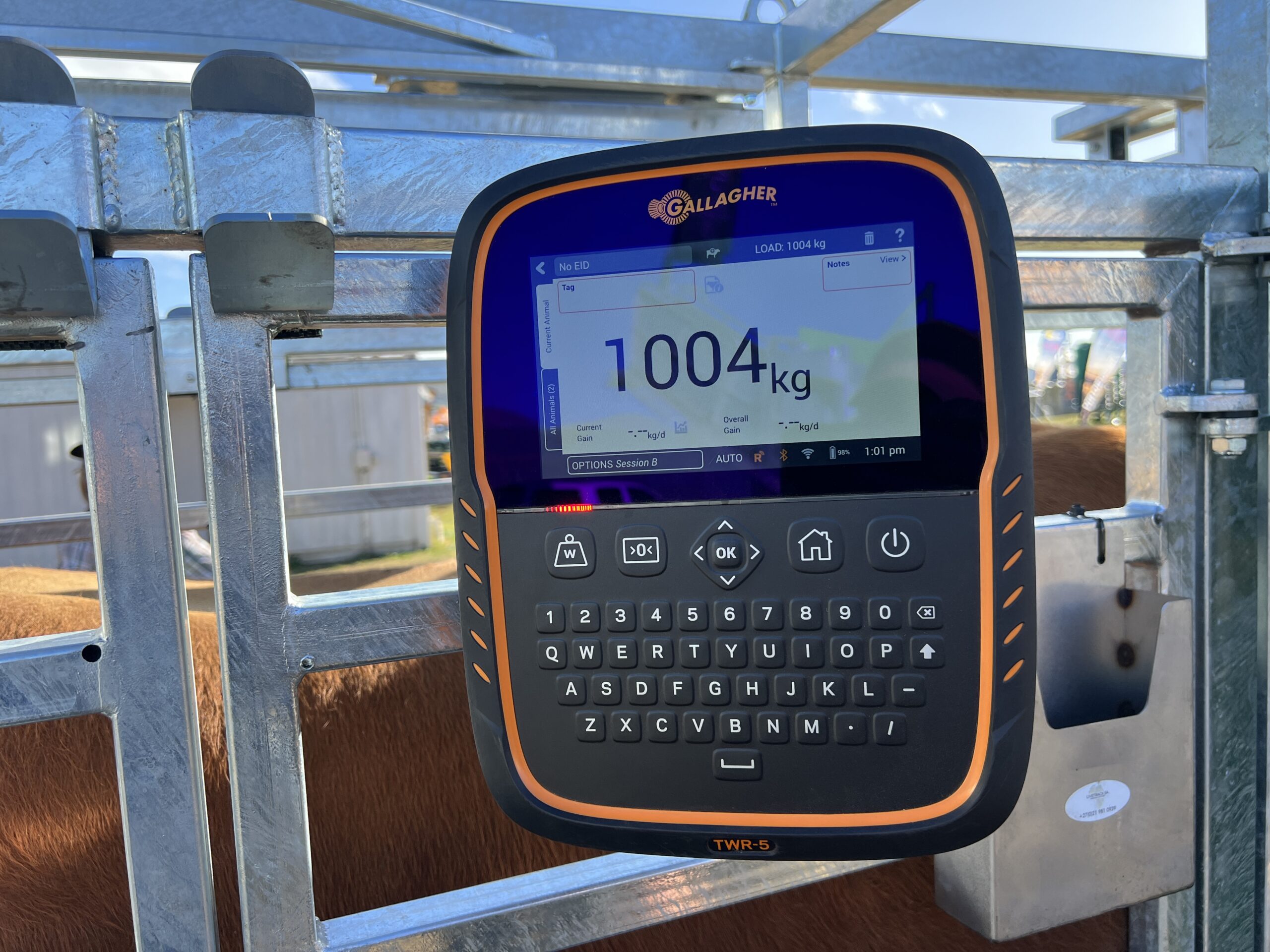Self-reliant farms, the 21st-century utopia for most farmers, are what farm operational activities are slowly moving towards. These are systems that depend less on outside sources when it comes to energy. It helps the farms remain manageable, self-sustaining, and thus, profitable.
Selecting the renewable energy technology to use largely depends on:
- The form of energy required
- Access to the renewable energy source
- The design of agricultural facilities and processes
This rise in their use is driven primarily to save money and increase self-reliance. The use of renewable energy benefits a nation on a micro and macro scale in the following ways:
- It does not produce any greenhouse gas emissions from fossil fuels
- It reduces some types of air pollution
- It diversifies energy supply
- It reduces dependence on imported fuels
- It promotes economic development and jobs in manufacturing, installation, and other related industries
The main renewable energies are wind, biomass, geothermal, hydro, nuclear, solar and emerging technologies – wave and tidal power. According to a repor t published by the Centre for Climate and Energy Solutions in 2019, modern renewable energy utilisation constitutes 11,2 percent of energy used globally up from 8,7 percent a decade ago. 4,2 percent is used as biomass, solar and geothermal heat; 3,6 percent is used as hydropower; 2,4 percent as wind and ocean power, and 1,0 percent as biofuels for transport. The ones applicable to farms are wind, biomass and solar. Solar is used via photovoltaic cells and solar thermal collectors.
In photovoltaic cells a small electric voltage is generated when light strikes the junction between a metal and a semiconductor (such as silicon), or the junction between two different semiconductors. A collector field heats a process fluid by means of solar radiation and a heat exchanger transfers this heat to a supply system or production process in the factory as hot water, air flow or steam. Storage units make it possible to use the generated heat at night-time.

When a farmer wants to install solar panels, he will need to consider the initial and maintenance costs, but having a reliable power source might be worth it.
While solar thermal collectors are typically less complex, photovoltaic cells can be more useful as they directly transform solar radiation into electricity. Solar power can be used for livestock fence chargers, water pumps and irrigation, air heating, dehydrators, ventilators, sensors, lighting, generators, tractors and carts. Wind energy works by getting the electrical energy by converting wind energy into rotating energy of the blades and converting that rotating energy into electrical energy by the generator. Wind energy increases with the wind speed, therefore wind turbine generators (WTGs) should be installed in the higher wind speed areas. A WTG consists of a pedestal, tower, rotors, generators, control equipment, electrical connections, and any other related or related facilities or equipment necessary to generate and transmit electricity. Wind energy on farms is used for power to pump water and generate electricity. Wind energy developers have installed large wind turbines at some farms. Biomass energy is used by burning the raw mass, a process also referred to as direct combustion. The biomass is obtained from wood, waste, landfill gas, crops, and alcohol fuels. Traditional biomass, including waste wood, charcoal, and manure, has been a source of energy for domestic cooking and heat. In some cases, biomass can be burned in a boiler to produce high pressure steam. This steam flows over a series of turbine blades, causing them to rotate. The rotation of the turbine drives a generator, producing electricity.

Wind and solar power are two of the renewable energy options. (Source: pexels)
The heat can be used directly for heating buildings, crop drying, dairy operations, and industrial processes. In sub-Saharan Africa, renewable energy will make up almost half of the area’s power generation growth by 2040, according to a report by the International Energy Agency, with solar energy leading the forms of renewable energy to be used. Most farms in sub-Saharan Africa already take advantage of solar energy for irrigation and as an electricity source. Biomass has been of use over the years, and the extensive use of wind energy has yet to grow. The main factors influencing the use of renewable energy on farms is costs, availability of replacement parts, maintenance costs, availability and the cost of electricity from the national power generating companies, subsidised financing towards renewable energy, and distance of farming activities from power lines. The exploitation of renewable energy on farms in sub-Saharan Africa can be increased once the costs are fair and affordable for farmers, if renewable energy companies increase their presence and willingness to work with farms that are usually located far from central business districts, improvement of the quality of road networks, when sub-Saharan Africa governments create an equal playing field amidst renewable energy players and when reliability concerns surrounding the use of renewable energy are solved.
References:
Renewable Energy. Center for Climate Change And Energy Solutions. Available at: https://www.c2es.org/content/renewable-energy/ (Accessed: 15 June 2022)
Solar. International Energy Agency. (2022) Available at: https://www.iea.org/fuels-and-technologies/solar (Accessed: 15 June 2022)
Moradiya M. A. (2019) The Challenges Renewable Energy Sources Face. Available at: https://www.azocleantech.com/article.aspx?ArticleID=836 (Accessed: 26 June 2022)
What are the problems faced by renewable energy? Available at: https://regenpower.com/articles/what-are-the-problems-faced-by-renewable-energy/ (Accessed: 15 June 2022)
HYPERLINK “https://www.researchgate.net/scientific-contributions/Jiaqi-Ge-2112028869” Ge, J., Sutherland, HYPERLINK “https://www.researchgate.net/profile/Lee-Ann-Sutherland” L., Polhill, HYPERLINK “https://www.researchgate.net/profile/J-Polhill” J. G., Matthews, HYPERLINK “https://www.researchgate.net/scientificcontributions/Keith-Matthews-12555065” K., Miller, HYPERLINK “https://www.researchgate.net/profile/Dave-Miller-11” D., Wardell-Johnson, HYPERLINK “https://www.researchgate.net/profile/DouglasWardell-Johnson“
D. (2017) Exploring factors affecting on-farm renewable energy adoption in Scotland using large-scale microdata. https://doi.org/10.1016/j.enpol.2017.05.025
Timmons, D., Harris, J. M., Roach, B. (2019) The Economics of Renewable Energy. Available at: https://www.bu.edu/eci/files/2019/06/RenewableEnergyEcon.pdf (Downloaded: 15 June 2022).
Tandan D. Renewable Energy Growth. Available at: https://www.toptal.com/finance/energy-sectorexpert/renewable-energy-growth (Accessed: 15 June 2022)
Ferroukhi, R., Lopez-Peña, A., Kieffer, G., Nagpal, D., Hawila, D., Khalid, A., El-Katiri, L., Vinci, S., and Fernandez, A. (IRENA). (2016) RENEWABLE ENERGY BENEFITS: MEASURING THE ECONOMICS. International Renewable Energy Agency. Available at: https://www.irena.org/-/media/Files/IRENA/Agency/Publication/2016/IRENA_Measuring-theEconomics_2016.pdf (Downloaded: 15 June 2022).

